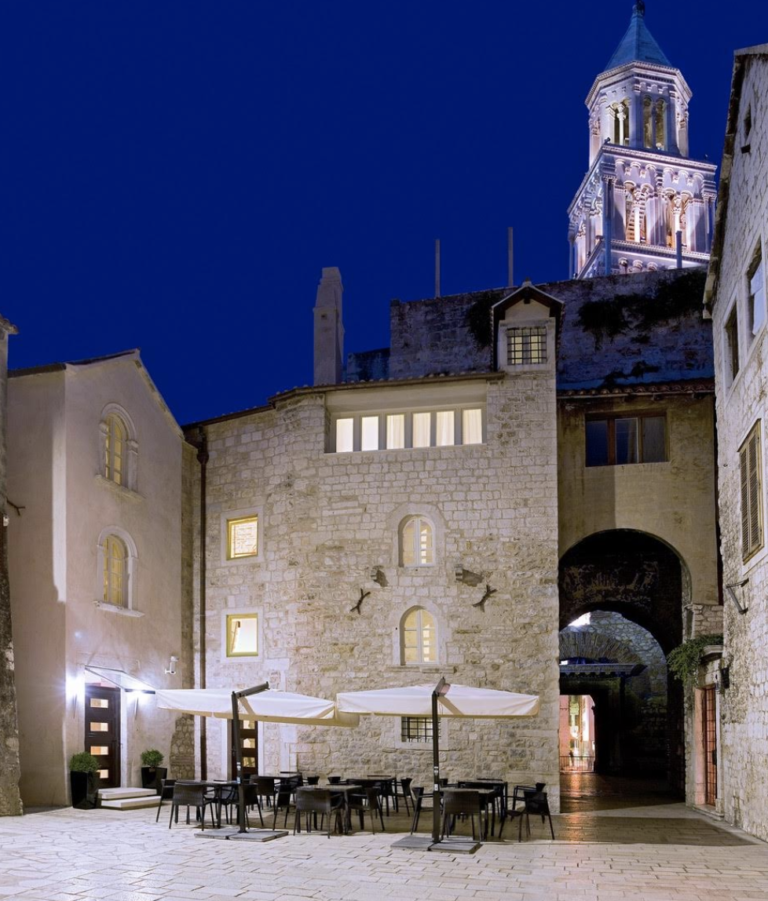Mediterranean’s Hottest Destinations in 2018: Crete
Crete is the fifth-largest island in the Mediterranean, and a Greek island with its own unique culture, traditions, and cuisine. With settlement on the island dating back to the Minoans in 2700BC, and landscapes that range from modern cities, to rugged mountains, to sandy beaches, Crete is a world until itself, and offers visitors a wide variety of experiences unlike anywhere else — making it one of the Mediterranean’s hottest destinations for 2018.
Crete is a cradle of Western civilization, and residents are rightly proud of their indigenous food, music, poetry and arts. The island offers a full calendar of cultural events, exhibitions, and festivals that entertain and showcase local talent. The warm locals are eager to share culture and cuisine with guests. In addition, Crete boasts dramatic mountains punctured with deep gorges, covered with flora and fauna that are unique to this environment, many of them endangered elsewhere. And it’s wealth of ancient and archeological sites make it a vital, living museum, where the past survives alongside the present.
When in Crete, here are some essential experiences:
Tour legendary Knossos
Knossos was the center of the Bronze Age Minoan civilization, and is the oldest city in Europe. At its peak in 1700BC, it was home to over 100,000 people. Today, visitors can tour the ancient palace complex and the legendary labyrinth, experiencing ancient stories and legends in real life. It’s an incredible place to imagine ancient ways of life in the complex, view pottery and colorful frescoes, and learn about the history of Crete. Locals advise going early in the day to avoid the heat and crowds.
Visit the Venetian Loggia of Candia
From the 15th – 17th centuries, Crete was a colony of the Republic of Venice. The lasting influence of the Venetian Period is felt most strongly in the Loggia. Built in the classic palladian style, the loggia was an essential feature of Venetian life, and they built them in all their colonies as a meeting place for the nobility and sovereigns. It functioned as a social club, and a “home away from home” for the traveling Venetian governing class. The building has repeatedly fallen into disuse and been restored over time; the current incarnation was awarded a prize in 1987 for the most successful restoration of a historic building for modern use. Today, the Loggia houses the municipal services of Heraklion, and hosts receptions and ceremonies.
Explore the Lasithi Plateau
The Lasithi (also spelled Lassithi) Plateau is a high plateau, where visitors can observe life on Crete as it has been lived for thousands of years. The plateau is encircled by a ring-road that visits all 15 villages, where Greek Orthodox locals grow vegetables and make handcrafts for the village markets. The plateau is dotted with unique windmills that pump water to the fields, and agriculture is practiced as it has been for centuries. Every village has a market and a cafe, and the views of the surrounding mountains and valleys are spectacular. While on the Lasithi Plateau, visit the Diktaion Cave, said to be the birthplace of the god Zeus. To the south, the Limnakaro Plateau is used by shepherds, and you can buy sheep and goat cheeses and visit the Byzantine church. In the mountains just to the north is the important archaeological site of Karfi, believed to be the final settlement of the Minoans.
In the midst of all this history, Crete remains an island with warm weather, beautiful beaches, and contemporary quality of life. Rumor has it that you can even get wifi on traditional Lasithi Plateau. It’s the best of the ancient and the modern worlds, and large enough that visitors can get off the beaten tourist paths and find their own hidden jewels.
Be sure to check out our photo tour of all the Mediterranean’s hottest destinations for 2018!
{{cta(‘83550f0c-4707-414c-8207-b0953e064d9e’)}}


